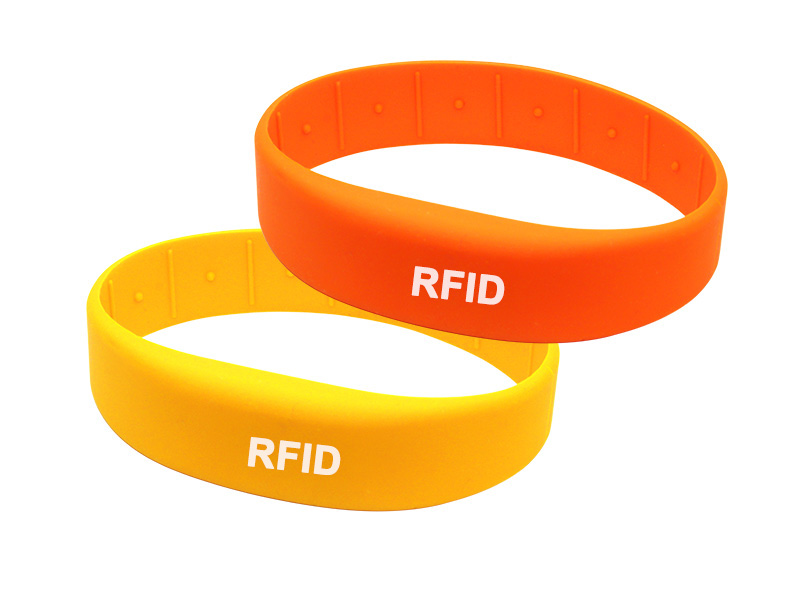Why is the use of CPU cards increasing
 First, let's understand what a CPU card is?
First, let's understand what a CPU card is?
CPU card, in layman's terms, refers to a card with a microprocessor inside the chip, which functions like a microcomputer.
CPU card
The CPU card contains three types of memory: ROM, RAM, and EEPROM. ROM is a program memory that contains a card operating system (COS), which accesses and securely controls the data stored on the card. RAM is equivalent to the memory of a CPU card, used for temporarily storing program variables. EEPROM is mainly used to store some application data.
The CPU card has excellent security against copying, anti-counterfeiting, and tampering, including: transmitting passwords; Graded key; Separate control of reading and writing; Mutual authentication to ensure safe use; The automatic encryption of information is reflected in the following details:
Transmission password: The CPU card comes with a dedicated transmission password for transportation, which is jointly determined by the issuing institution and the manufacturer. When the card is stolen halfway, no data or applications can be established on the CPU card without the transmission password, ensuring transmission security.
Hierarchical key: The reading and writing of information in the card requires a key, and the issuing institution uses the master key to generate different dedicated keys for each card, which provides convenience for key storage. The decryption or leakage of a card's key will not affect other cards, nor will it affect the security of the issuing institution's master key.
Separate control of reading and writing: Different control methods are used for reading and writing information in CPU cards, which facilitates the issuance and use of large-scale social security card facilities and invisibly promotes the issuance of industrial and commercial enterprise cards.
Mutual authentication to ensure secure use: Confirmation of the cardholder's valid identity is achieved through the card's password (PIN), confirmation of the card and card writing device is achieved through external authentication of the card to the device, and confirmation of the card is achieved through internal authentication of the device to the card.
Automatic encryption of information: Whether transmitted within the card or during card reading and writing, all information is formed by encryption algorithms and cannot be forged or tampered with.
The CPU card is equivalent to a miniature computer, and at the same time, the CPU card has computing functions, so it can perform complex encryption/decryption operations. COS also includes security technology, which provides a dual security guarantee for the CPU card. CPU cards are extremely difficult to forge and are currently the most secure type of card. At the same time, the storage capacity can be small or large, and CPU cards that support single application or multiple applications can be selected according to needs. These features make CPU cards one of the important development directions for smart cards, with an increasing number of applications.







 First, let's understand what a CPU card is?
First, let's understand what a CPU card is?

